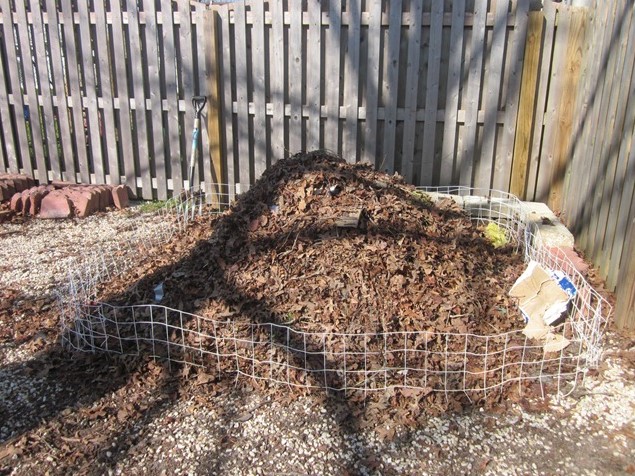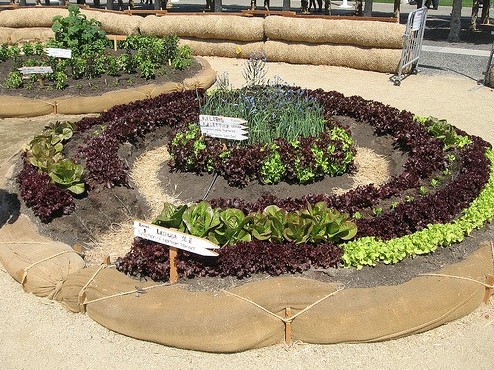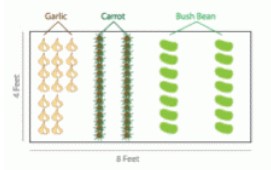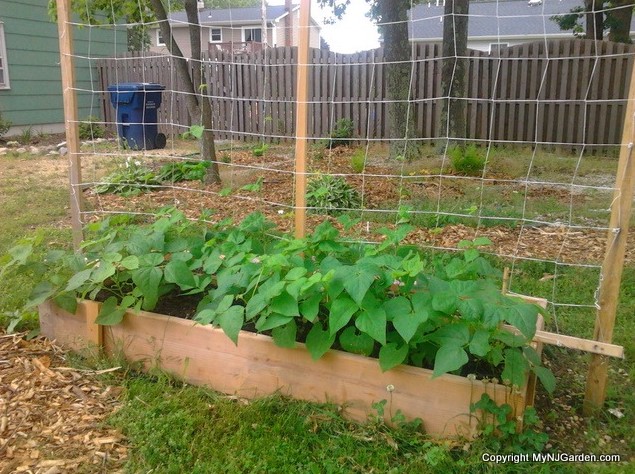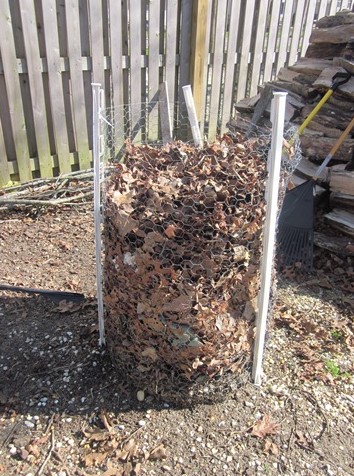
In the fall I tried to clean up my compost operation that was taking over a corner of my back yard. The original pile was semi-enclosed with a short wall of border bricks. It was messy and I got sick of looking at it after a while. I spread all my finished compost as mulch around my garden beds and shrubs and set to work creating 3 neater enclosures, fairly hidden behind our wood pile, that would keep the pile high and tight through the winter.
I’d seen similar systems rigged online and I thought that was a good, inexpensive way to go. What I SHOULD have done was make 2 cylinders instead of 3 because I believe I made them too small. They were about the size of a 32 gal trash can and I since I used chicken wire, I couldn’t easily turn the compost inside with a pitchfork.
I know that the wire allowed air to get to all the compost on the outside edges, but to keep the pile hot, I think I needed MORE of it and I think I would have needed to turn it more often. Maybe it was also the colder temperatures of the winter months that slowed down the composting process but I think it was more the difficulty I had turning the pile. Also, when those three bins were full, I stopped adding material. Now that I’ve begun digging more garden beds this Spring, I’m disappointed to say that I’ve run out of the compost I prepared over the winter because most of it wasn’t ready to be incorporated into the beds yet.
So as I clean up the yard and pull the weeds that are showing their little annoying faces at me already – I’m back to the drawing board with an enormous, unwieldy pile in the corner of the yard. I’ll jump right in and turn it often because hey, it’s RIGHT THERE. and I’ll have great compost in a couple of months.
Every time I see wooden pallets near a retail store or piled up at a construction site I gaze at them longingly though. If only I had a truck! I’d take them home and build the coolest compost bins…. The things I dream about, right? haha.
